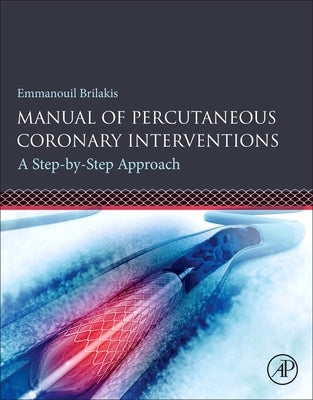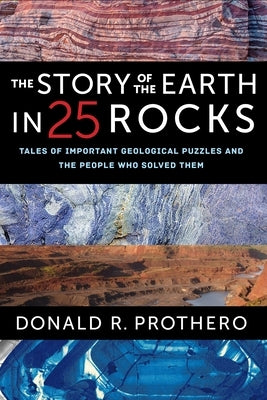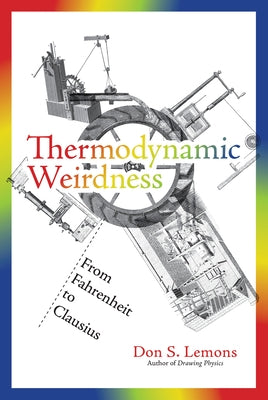Description
An authoritative introduction for graduate students in the physical sciences, this award-winning textbook explains the wide variety of physical, chemical, and geological processes that govern the motions and properties of planets. This updated second edition has been revised and improved while maintaining its existing structure and organization. Many data tables and plots have been updated to account for the latest measurements. A new Appendix focuses on recent discoveries since the second edition was first published. These include results from Cassini, Kepler, MESSENGER, MRO, LRO, Dawn at Vesta, Curiosity, and others, as well as many ground-based observatories. With over 300 exercises to help students apply the concepts covered, this textbook is ideal for graduate courses in astronomy, planetary science and earth science, and well suited as a reference for researchers. Color versions of many figures, movie clips supplementing the text, and other resources are available at www.cambridge.org/depater.
About the Author
De Pater, Imke: - Imke de Pater is a Professor in the departments of Astronomy and of Earth and Planetary Science at the University of California, Berkeley, and is affiliated with the Delft Institute of Earth Observation and Space Systems (DEOS) at the Delft University of Technology, the Netherlands. She began her career observing and modeling Jupiter's synchrotron radiation, followed by detailed investigations of the planet's thermal radio emission. In 1994 she led a worldwide campaign to observe the impact of comet D/Shoemaker-Levy 9 with Jupiter. Currently, she is exploiting adaptive optics techniques in the infrared range to obtain high angular resolution data.Lissauer, Jack J.: - Jack J. Lissauer is a Space Scientist at NASA's Ames Research Center in Moffett Field, California, and a Consulting Professor at Stanford University. His primary research interests are the formation of planetary systems, detection of extrasolar planets, planetary dynamics and chaos, planetary ring systems, and circumstellar/protoplanetary disks. He is co-discoverer of the first four planets found to orbit about faint M dwarf stars, and co-discovered two broad tenuous dust rings and two small inner moons orbiting the planet Uranus.de Pater, Imke: - Imke de Pater is a Professor in the departments of Astronomy and of Earth and Planetary Science at the University of California, Berkeley, and is affiliated with the Delft Institute of Earth Observation and Space Systems (DEOS) at the Delft University of Technology, the Netherlands. She began her career observing and modeling Jupiter's synchrotron radiation, followed by detailed investigations of the planet's thermal radio emission. In 1994 she led a worldwide campaign to observe the impact of comet D/Shoemaker-Levy 9 with Jupiter. Currently, she is exploiting adaptive optics techniques in the infrared range to obtain high angular resolution data.




















































